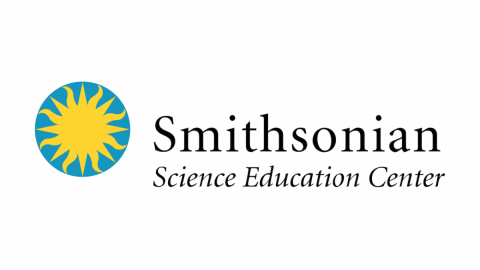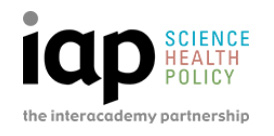This report is the second study the Smithsonian Science Education Center (SSEC) has conducted with Gallup to better understand the state of “STEM Education for Sustainable Development” (STEM4SD) in the US. The first report (released in 2023) was the result of a global survey (a comparative analysis) to better understand US teachers’ perspectives compared to educators in other countries as it relates to educating youth on science topics for sustainability (e.g., climate action, climate change, biodiversity loss, sustainable communities, clean energy, etc). This year, Gallup and our center teamed up again, only this time to better understand the science standards in the US relative to global frameworks for educating youth for sustainable development (e.g., UNESCO’s learning framework on the SDGs).
This report contains several mentions to IAP and its collaboration with the Smithsonian Science Education Center (SSEC) that has been ongoing since 2016.
Since 2003, IAP seeks to reform and develop science education on a global scale, especially in primary and secondary schools, with a pedagogy based on inquiry (Inquiry-Based Science Education, IBSE). Read more about the IAP Science Education Programme here.
Abstract
Impact networks are formed to address complex social or environmental issues and are often needed to maximize human and financial resources, impact, and scale of individual organizations, including those serving students in Kindergarten through college (K-16). However, contrary to existing network models described by the literature, networks designed to address complex emergent socio-scientific issues such as climate change and biodiversity loss should themselves be emergent. This paper uses a critical analysis to outline our theory of change for one type of impact network—the emergent network—whose structure, function, and purpose are based on the emerging needs of its members and the needs of a changing world; and, whose members work across borders, disciplines, and generations to educate for a shared transformative future. We apply our theory to a case study called the Network for Emergent Socio-Scientific Thinking (NESST), which brings together people with a commitment to think differently about educating youth for the future outlined in the United Nations Sustainable Development Goals (SDGs). Together, through the lens of complexity theory and emergence, we reimagine the future of K-16 Science, Technology, Engineering, and Mathematics (STEM) Education for Sustainable Development (STEM4SD) and demonstrate what collaborative STEM education within the context of SDG 17 and SDG 4.7 can look like.


